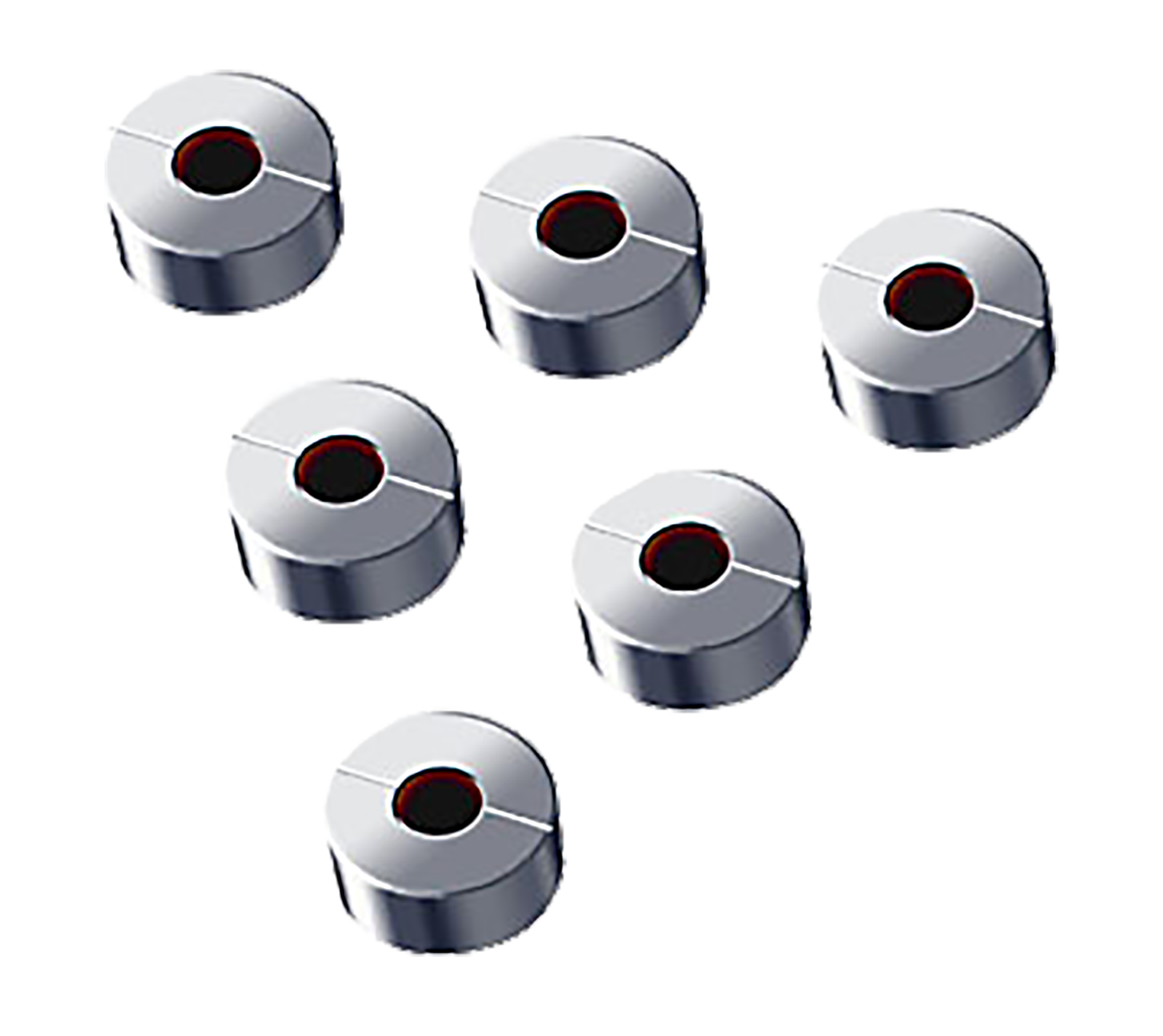Fiber Optic Tech
Types and Working Principles of Optical Isolators
Optical isolator is a two-port optical device with non-reciprocal characteristics. It has little attenuation to the optical signal transmitted along the forward direction and great attenuation to the optical signal transmitted along the opposite direction, forming a one-way path of light. In the laser and transmission fiber, the optical isolator can effectively suppress the reflected light generated from the optical fiber distal end face and optical fiber connector interface to return to the laser, so as to ensure the stability of the laser working state and reduce the system noise caused by reflected light. This is especially important for high rate coherent optical fiber communication systems.
Types of Optical Isolator
There are various types of optical isolators, such as in-line optical isolator, free space optical isolator, etc. GLsun manufactures optical isolators of various specifications to meet different demands of application areas. Unipolar device has low insertion loss, and the bipolar device has high optical isolation, which is sui for different applications, mainly used in fiber amplifier, fiber laser, fiber CATV network and satellite communication. Optical isolators are generally differentiated by wavelength, usually 800-1300nm, there are also some special wavelengths.

Working Principle of Optical Isolator
Optical isolators mainly utilize the Faraday effect of magneto-optic crystals. Faraday effect is the first observation by Faraday in 1845 that a material without optical rotation rotates the polarization direction of light passing through the material under the action of magnetic field, also known as magneto-induced optical rotation effect. For polarized light transmitted along the magnetic field, the rotation Angle of the polarization direction θ and the magnetic field strength B are proportional to the product of the material length L.
For the forward incident signal light, it becomes linearly polarized after passing through the polarizer. The Faraday rotating magnetic medium and the external magnetic field together make the polarization direction of the signal light 45 degrees to the right, and just make the low loss pass through the polarizer placed at 45 degrees with the polarizer. For the reverse light, the polarizing light out of the polarizer after placing the medium, the deflection direction is also right rotation 45 degrees, so that the polarization direction of the reverse light and polarizer direction orthogonal, completely blocked the transmission of reflected light.
In Faraday magnetic media, yttrium iron garnet (YIG) with low optical loss is usually used in the wavelength range of 1μm ~ 2μm. A new type of optical isolator of tail fiber input and output has excellent performance, with the lowest insertion loss at about 0.5dB, isolation at 35~60dB or 70dB at the highest.



















